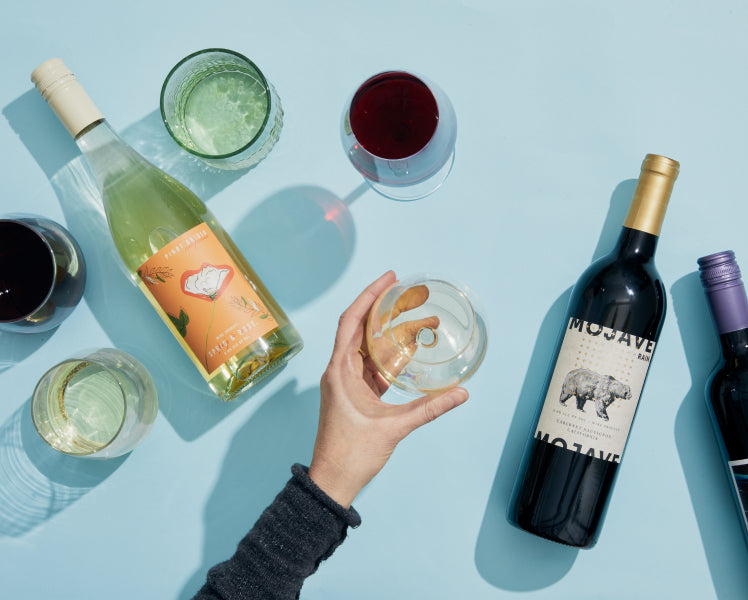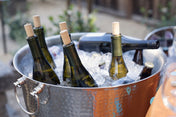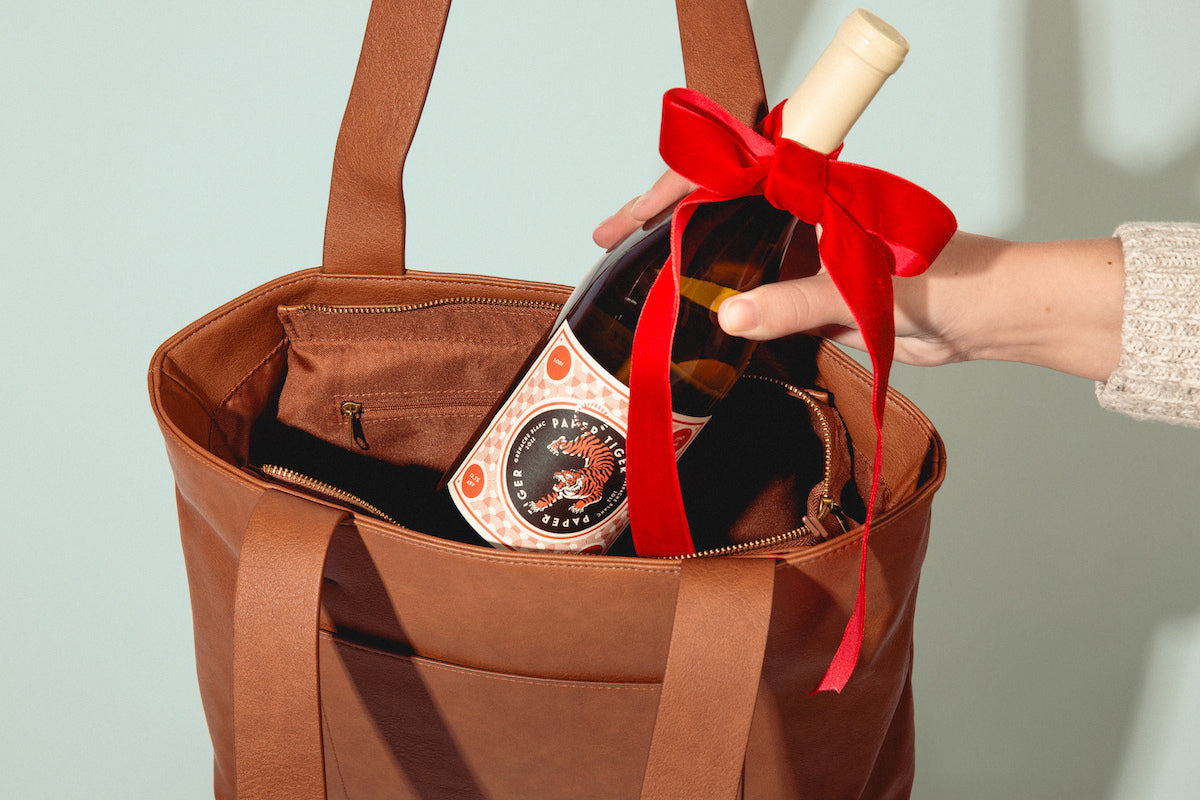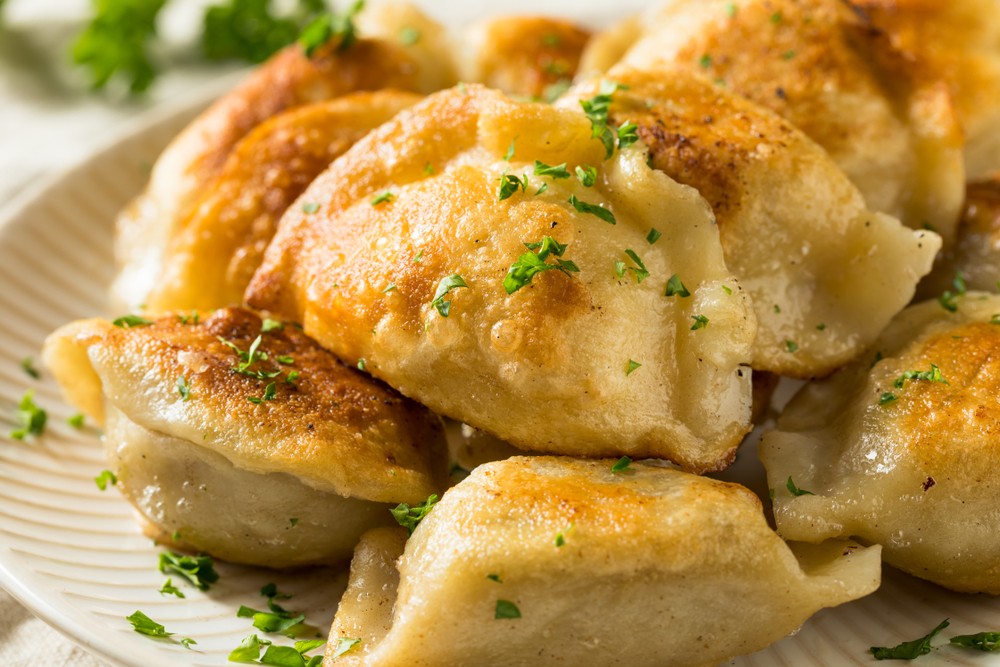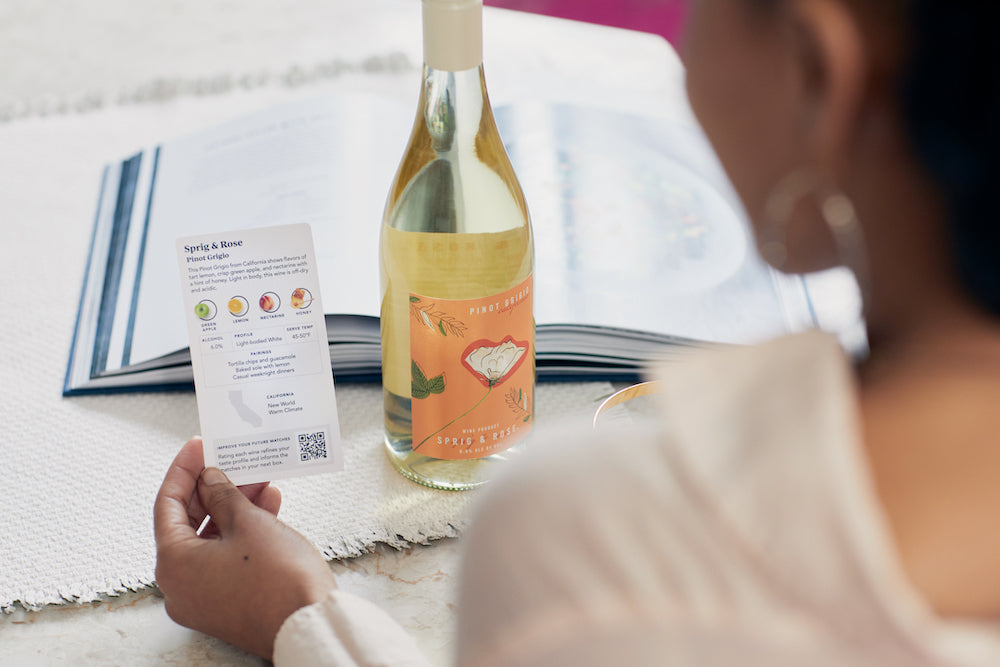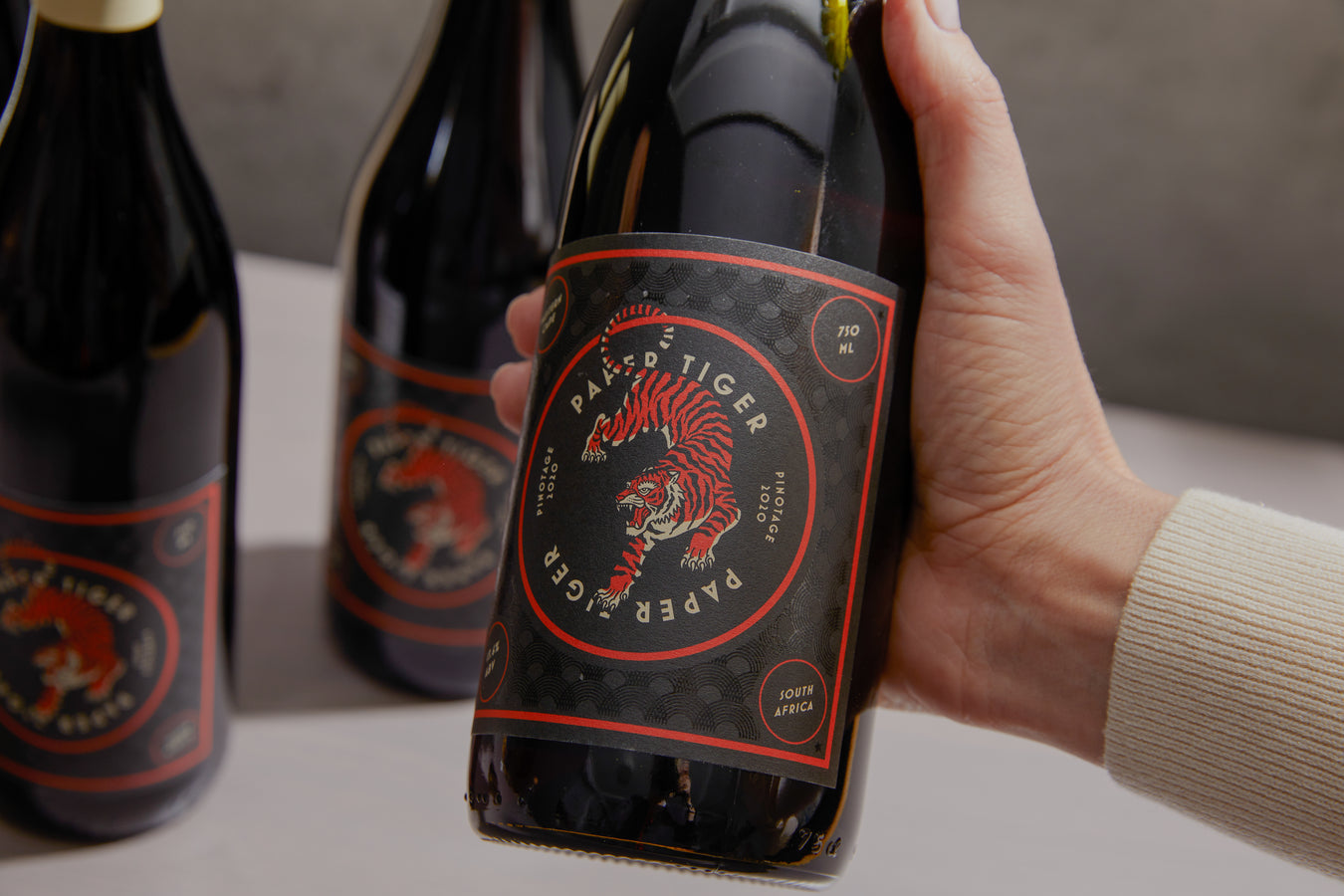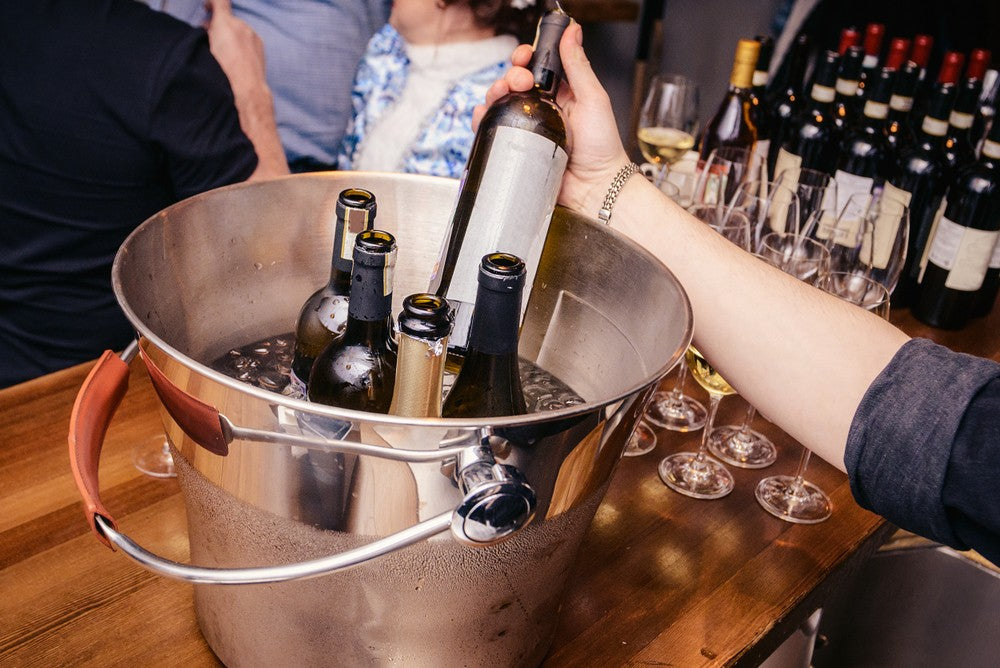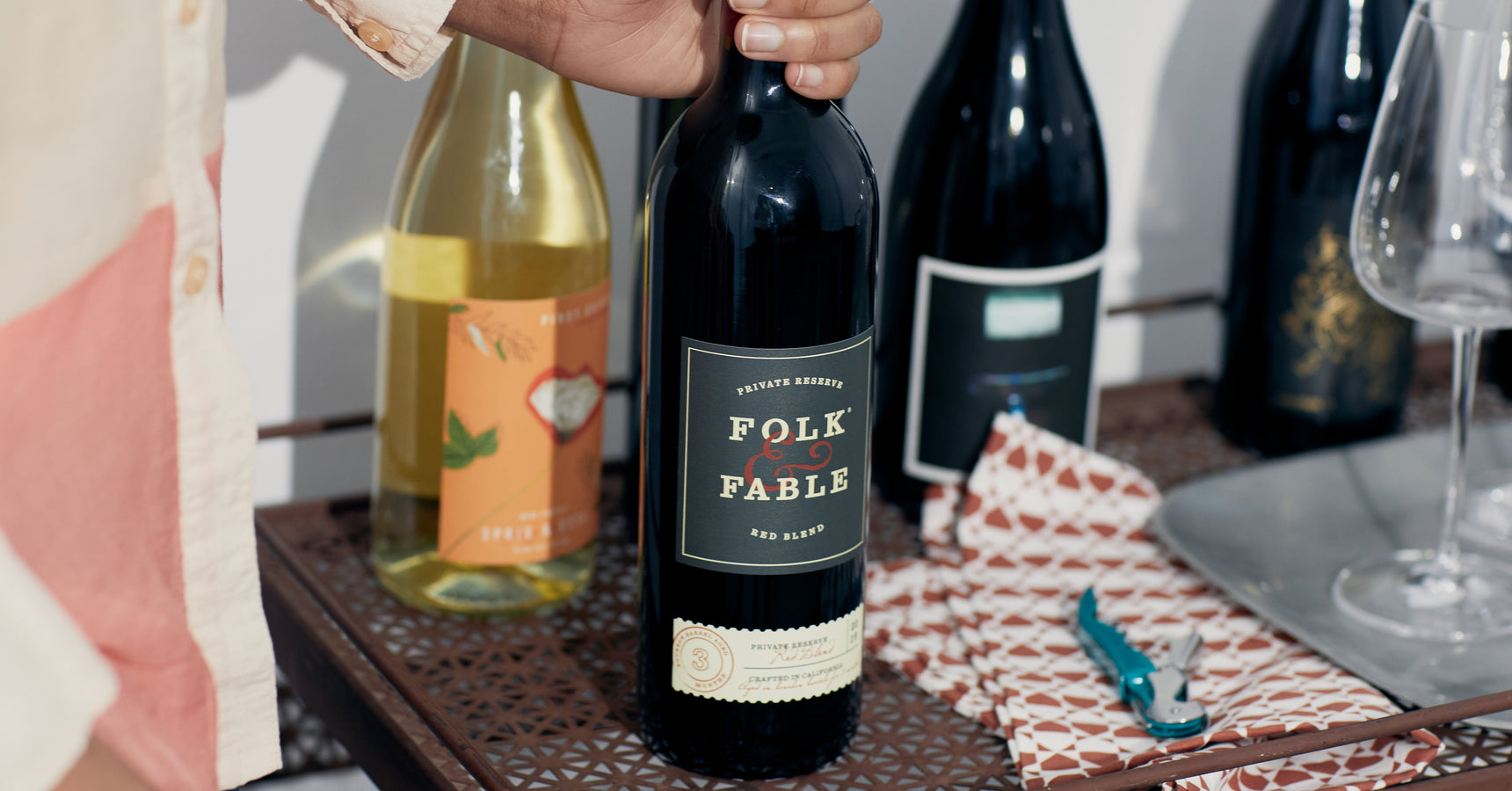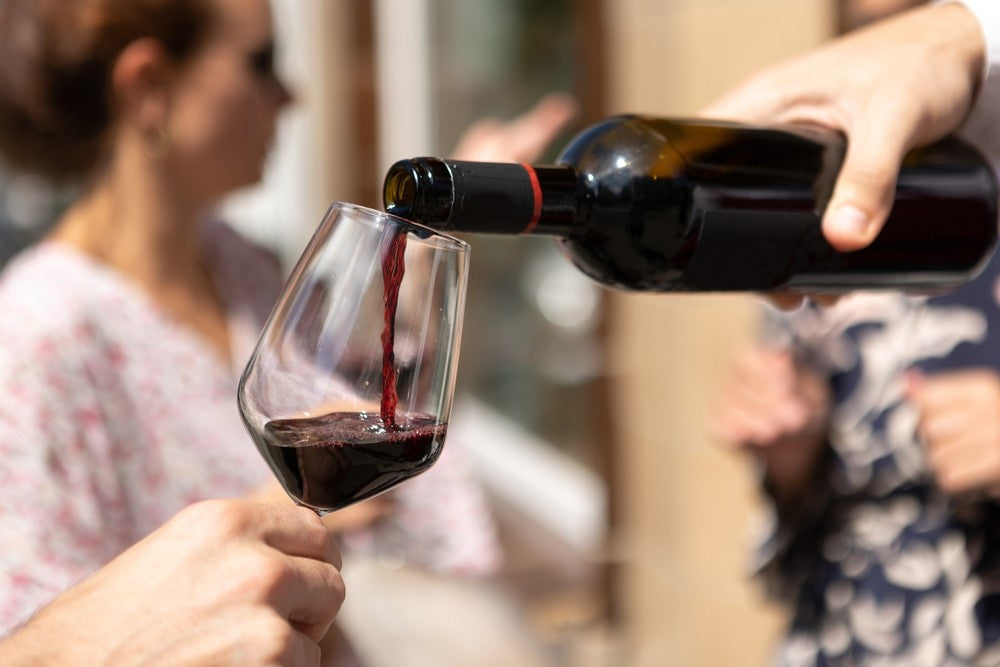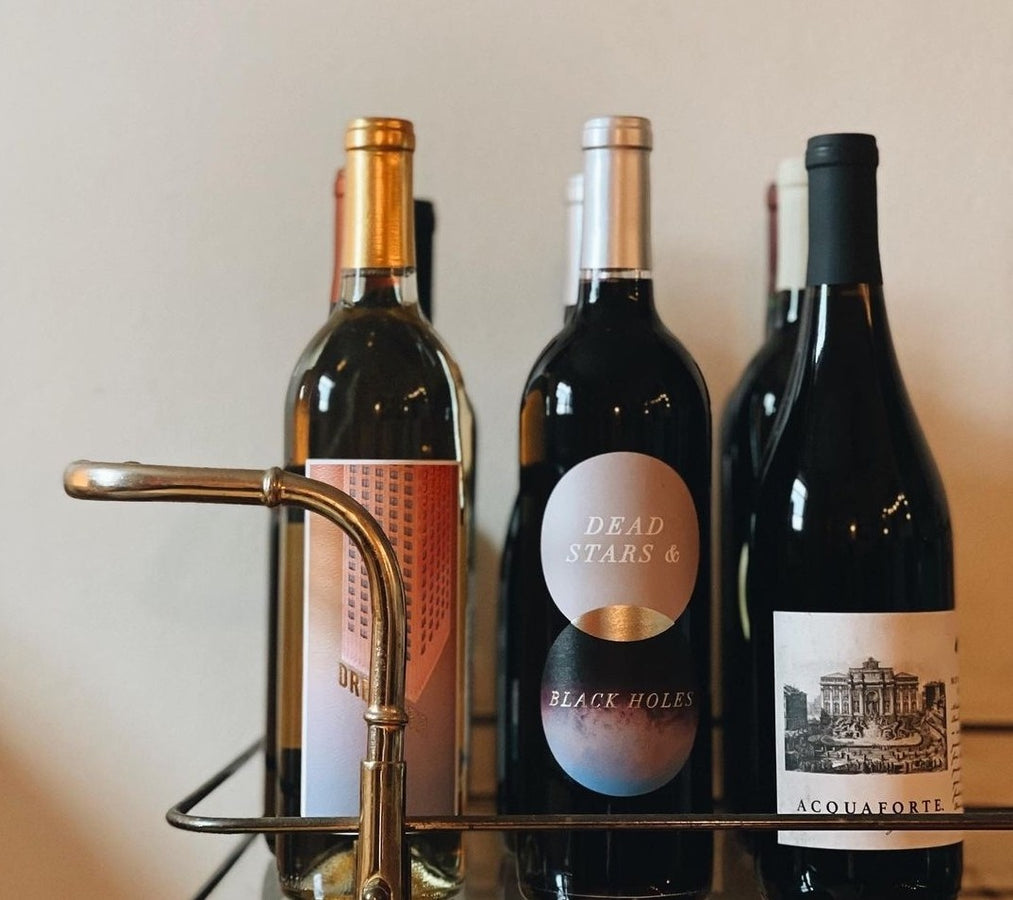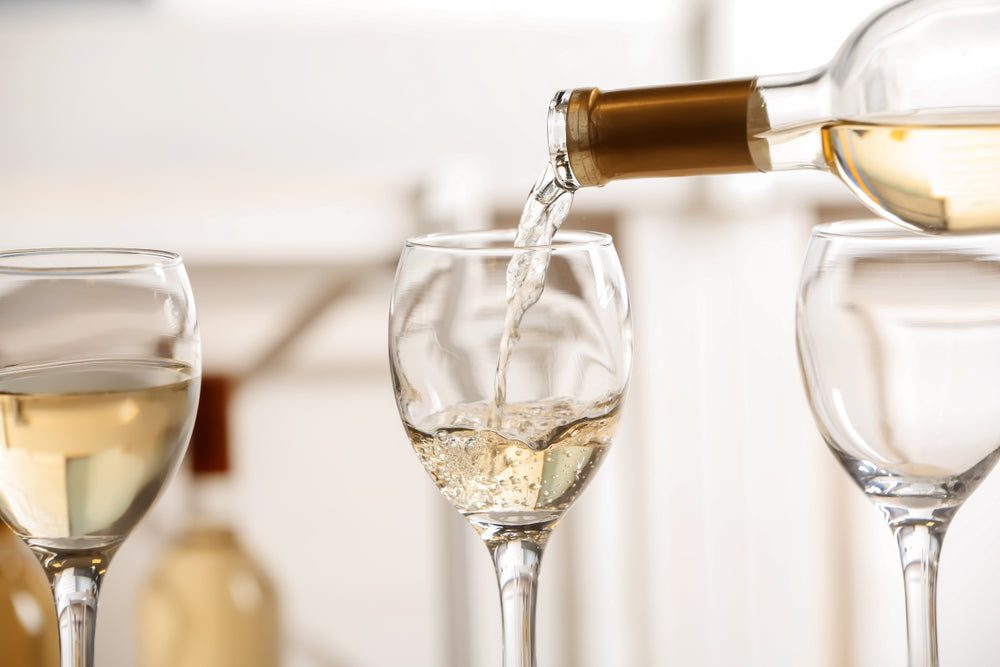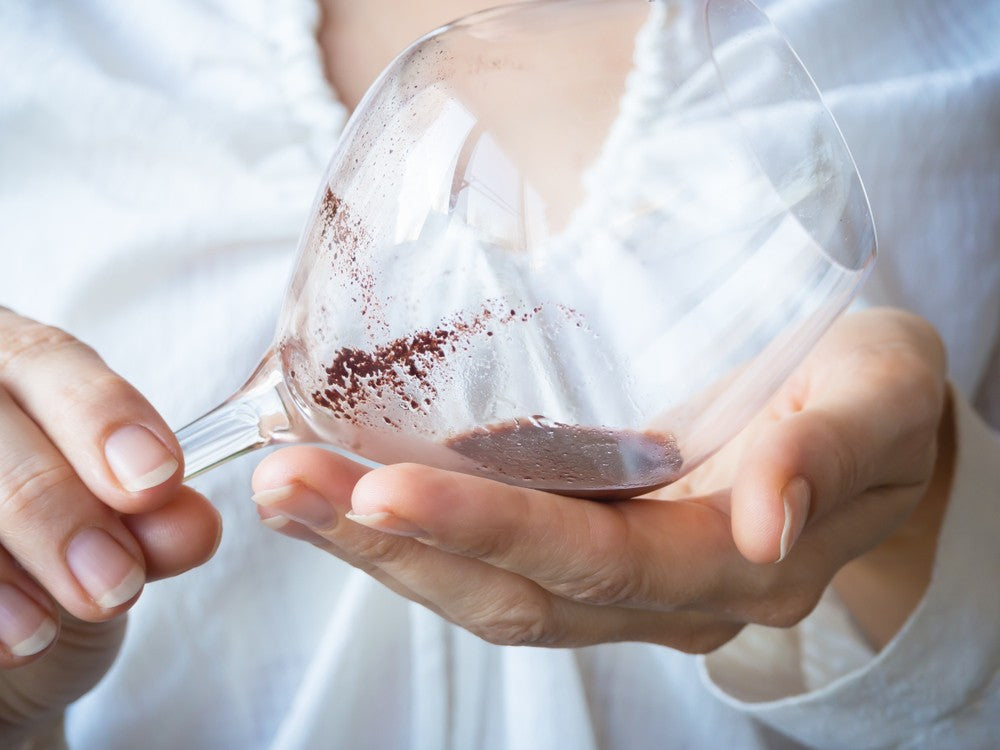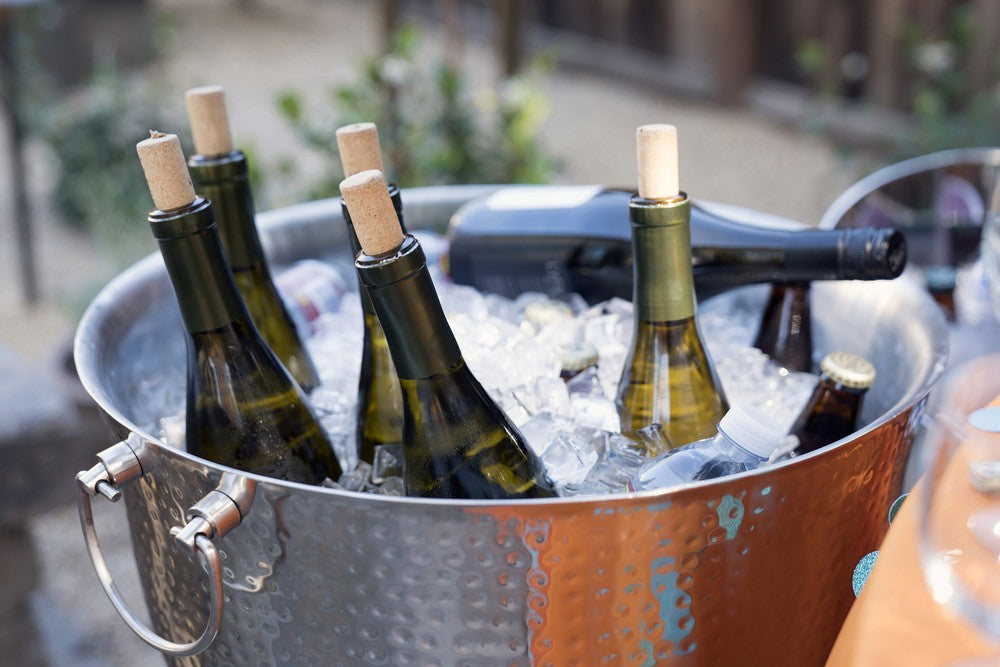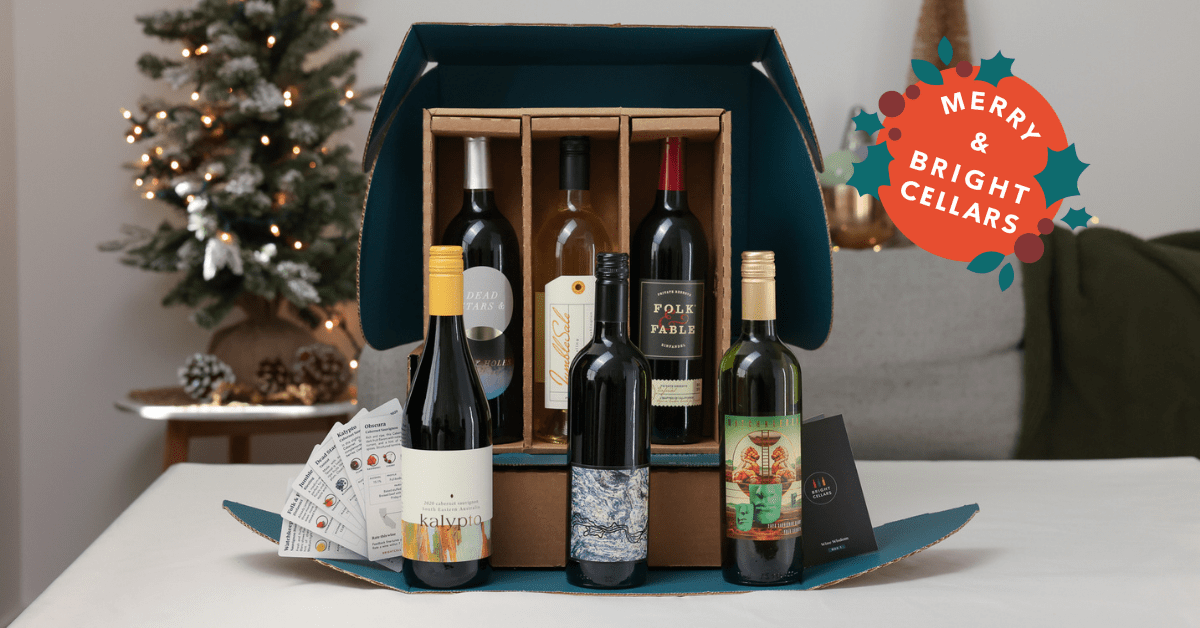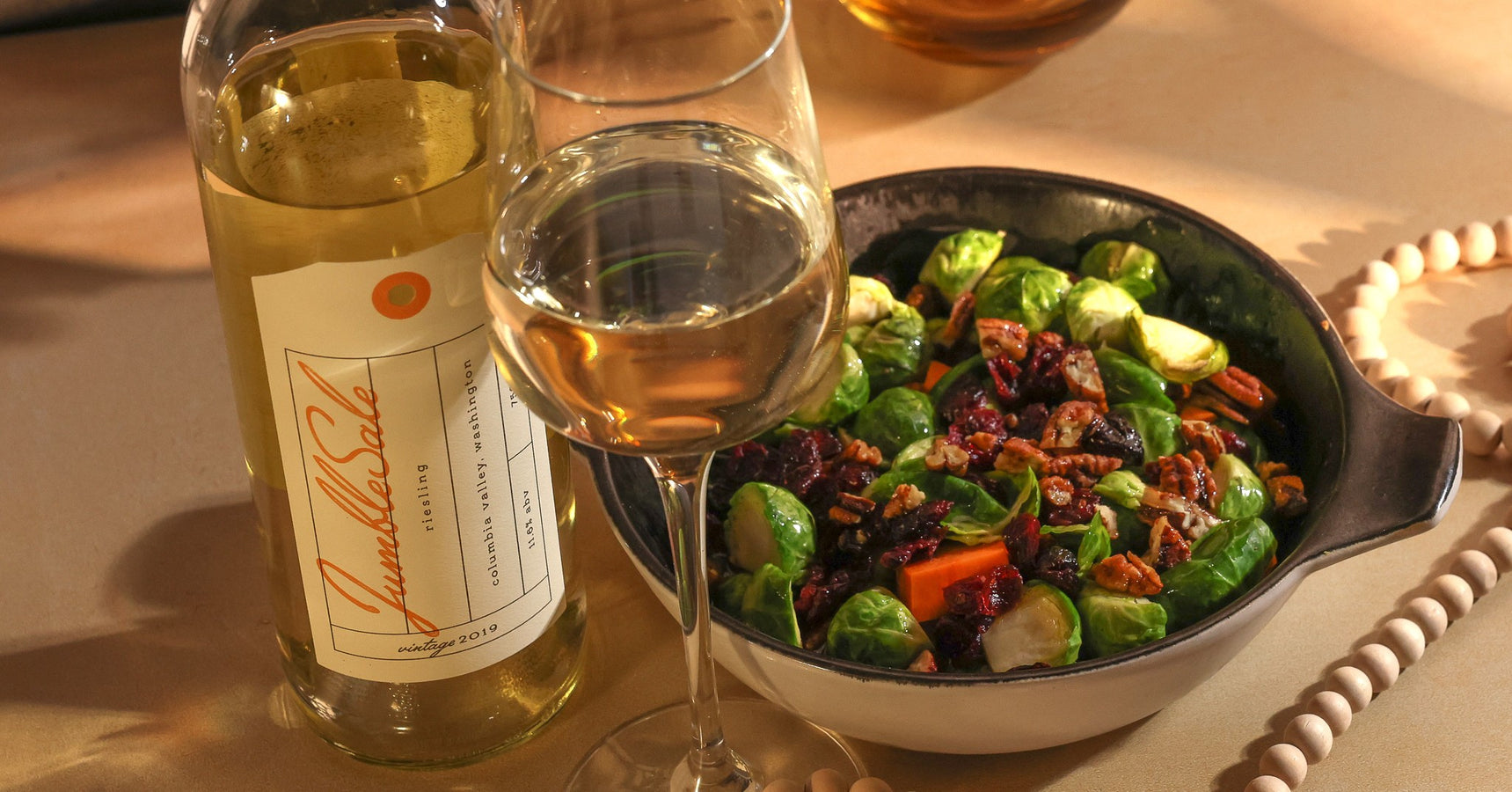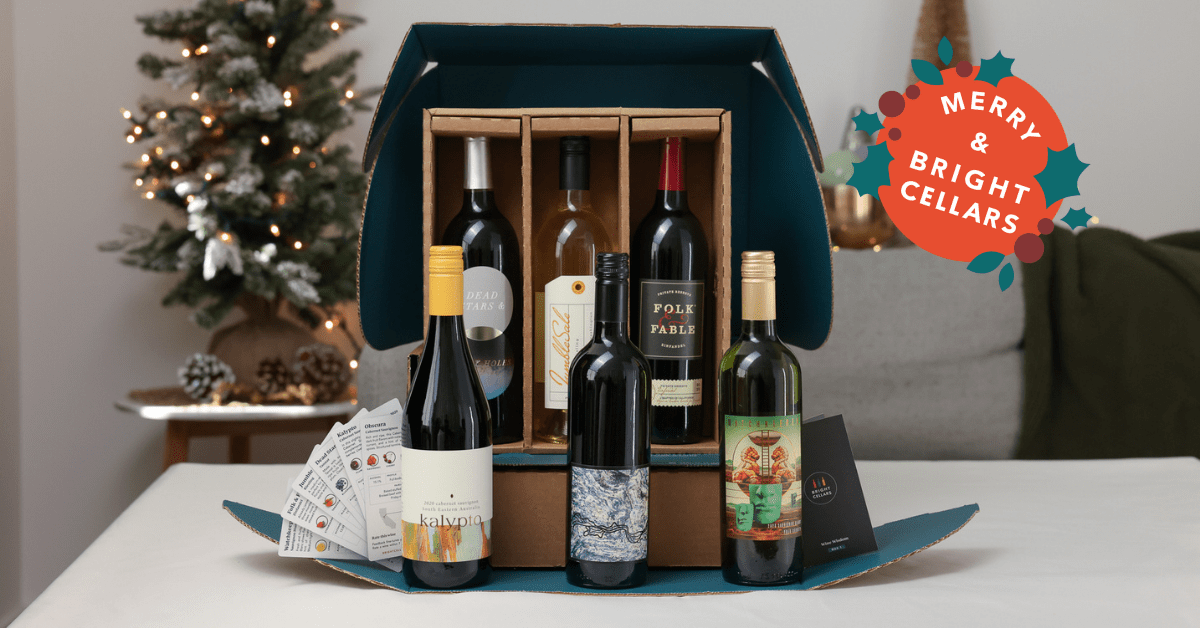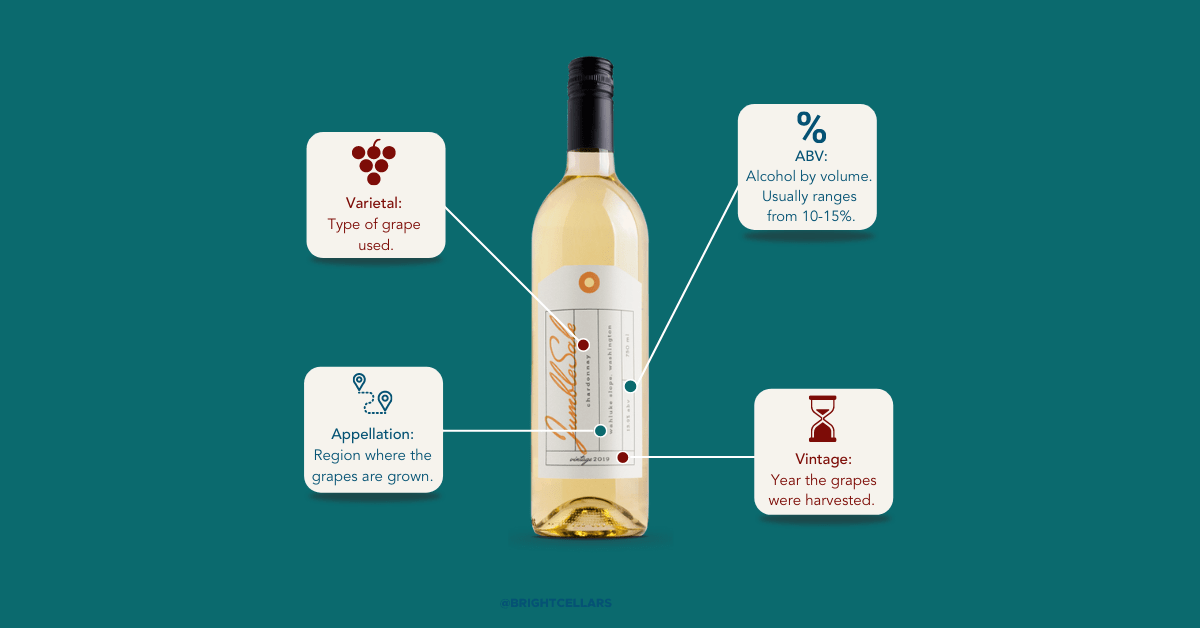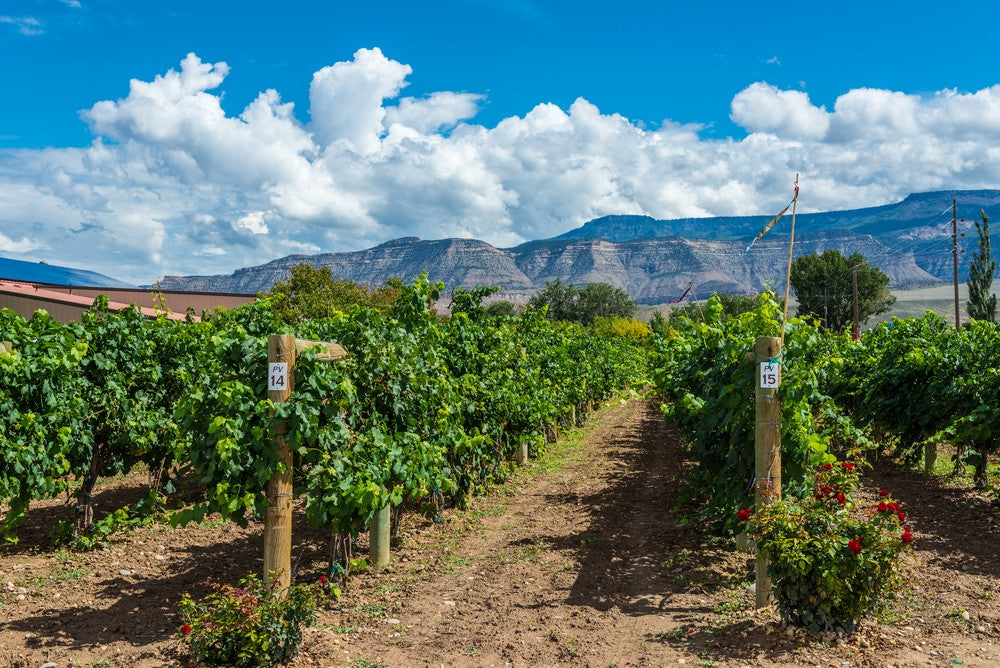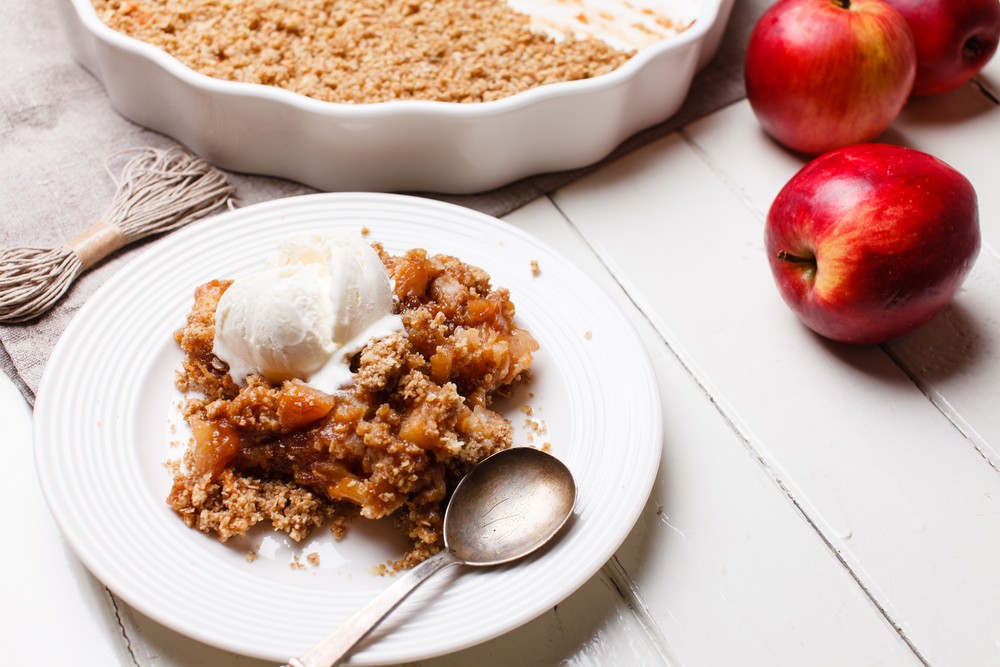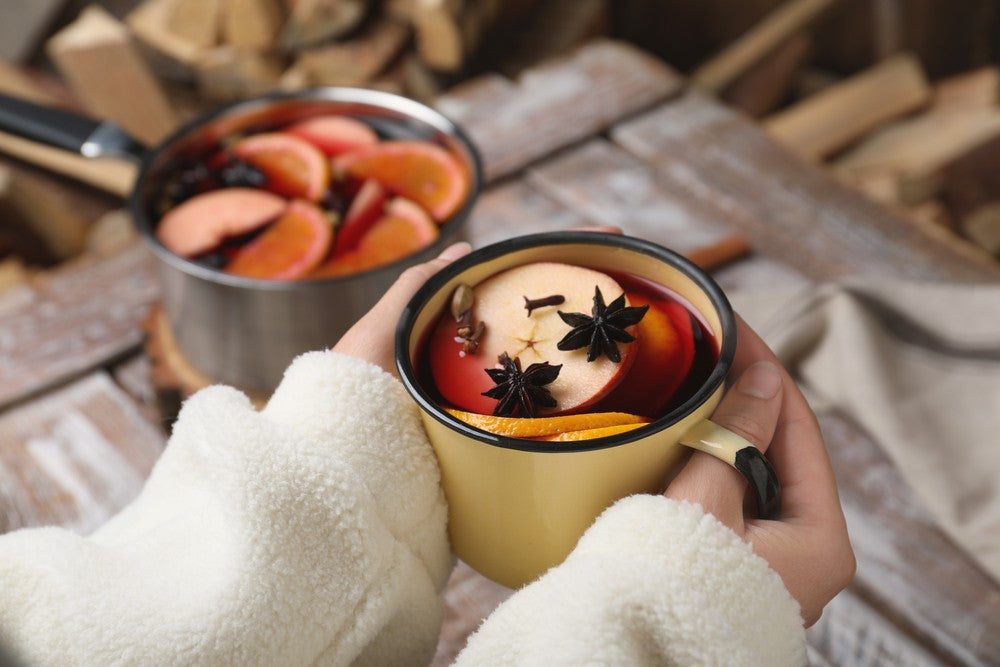
Have you ever wondered about what happens on the vineyard in the off-season?
Clearly, the harvest is the most exciting time on a vineyard, as a crowd of workers and volunteers bustle about, picking bushels of ripe grapes so the winemaking process can begin.
So, when grapevines stop producing grapes, are they basically asleep for winter? The answer might surprise you.
It turns out that grapevines have to stay hard at work in the winter preparing for the next growing season, but you might not know it because all that work happens under the surface.
Learn more about what happens on the vineyard and in the cellar during the winter months.
Dormant Does NOT Mean Asleep
After the grapes are picked, grapevines do not simply hibernate for the winter.
Sure, vineyards look peaceful covered with a light dusting of snow, but grapevines actually need to do some critical internal work (think of it as self-care) to prepare for the growing season ahead.
As the temperature drops, you’ll notice the leaves fall from the vines. What you won’t see are the changes happening beneath the surface. There are two crucial things that grapevines need to do to survive the winter months: hoarding nutrients and cutting off their water supply.
Why do grapevines do this? Get this – if there’s too much water inside the plant’s cell tissue, that water can freeze, damaging the vine.
Grapevines protect themselves from freezing by stopping their intake of water and transferring water out of their cells.
At the same time, root flush, or tiny root hairs (like the wisps on garden-fresh carrots) start extending down into the earth to sip nutrients from the soil.
Not only do these nutrients allow the grapevines to jumpstart the next growing cycle, but they also help prevent freezing. The presence of sugar and starch in the plant cells drops the vine’s freezing temperature to as low as twelve degrees.
Caring for Grape Vines in the Winter
While vintners don’t need as many hands on deck as they do during the harvest, they still need to do some work to care for the vineyard.
First, it’s common for vintners to “tuck in” their grapevines before their long winter nap. Laying down straw or compost, or planting cover crops like mustard, clover, or grass, helps keep the roots warm and adds nutrients to the soil. These measures also help prevent erosion, especially in the event of heavy rainfall.
By February or March, vintners also have to start pruning – aka cutting away old sections of vine or sections that have become infected. Pruning is super important to ensure a successful harvest, and it’s a tricky thing to get right.
Under-prune and the vines will yield too many grapes, resulting in low-quality wine. Over-prune and the vines will have to direct so much energy toward growing new leaves that the grapes won’t get as ripe.
Like all aspects of winemaking, pruning is a process that vintners have to perfect over time.
Winter in the Winery
Meanwhile, there’s winter work for winemakers to do in the cellar.
Before being bottled, many wines are stored in oak barrels – a process known as oak aging. Since small amounts of wine can evaporate through the barrels, the wine needs to be topped up, to ensure there’s enough wine in each barrel.
Winter is also the time when winemakers perfect their blends. The exact makeup of wine blends varies from year to year. Even single-varietal wines often have small amounts of other kinds of wine added to make sure they taste just right.
For instance, in California, a bottle of Cabernet Sauvignon can contain up to 25% non-Cabernet grapes. So, sometimes, winemakers will add a small amount of Merlot or Zinfandel to ensure that their Cabernet is top notch.
In Vino Finito
Want to get into the winter spirit? Try these wines that are perfect for a cozy winter night.
